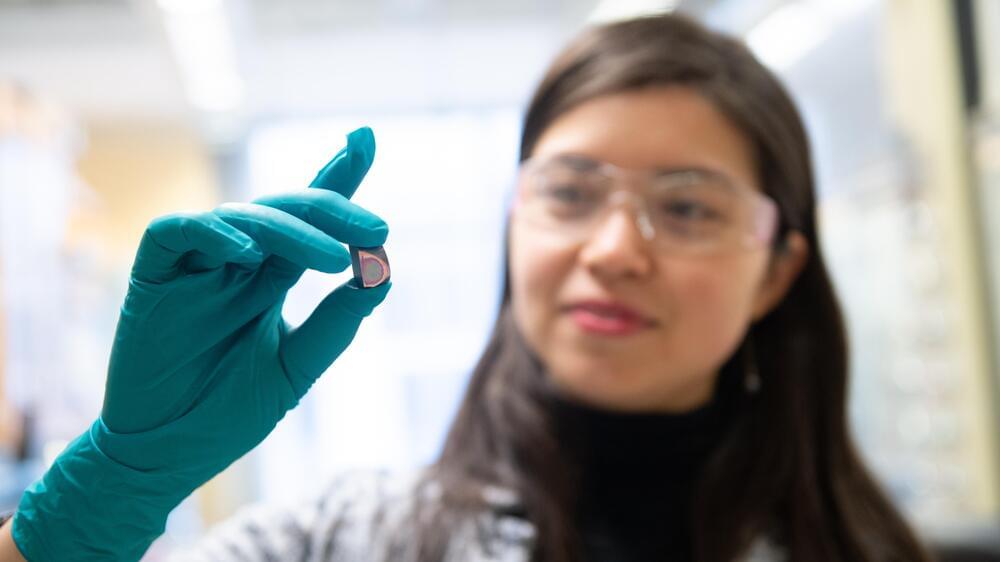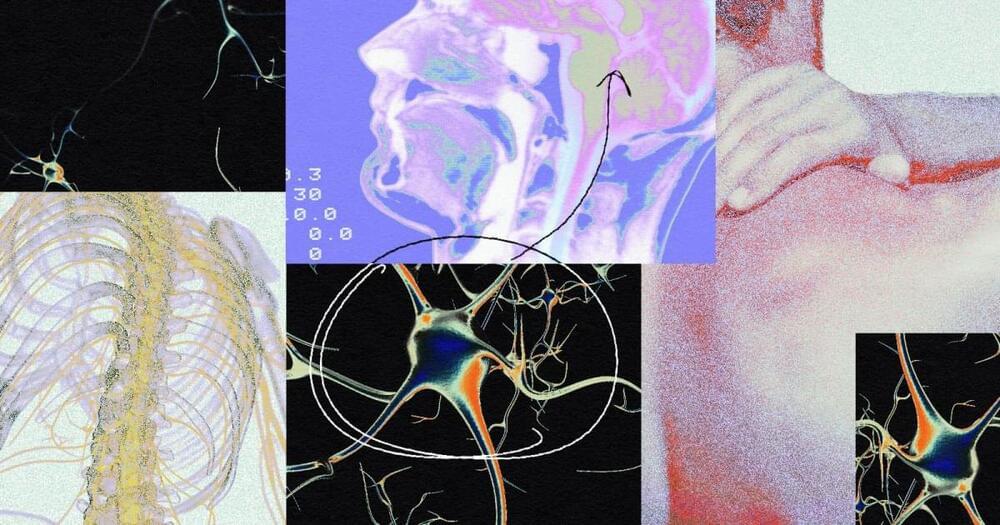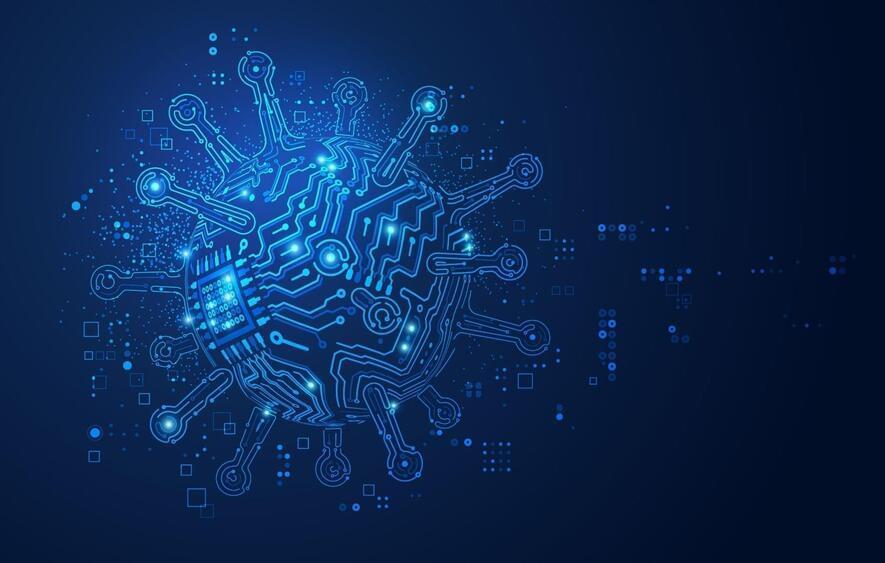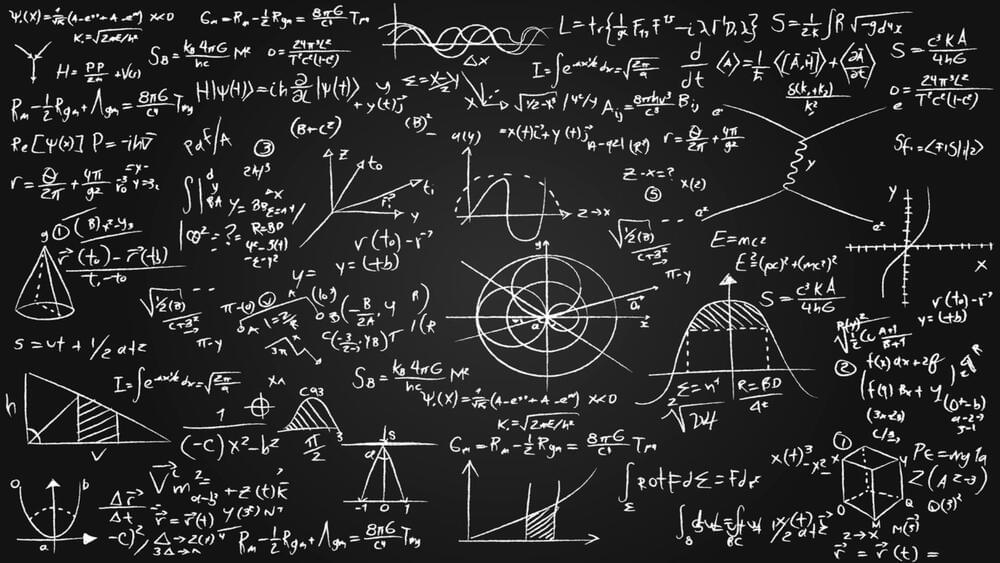Cutting-edge research paves way for cancer treatment.
Scientists have developed 3D mini-organs from human fetal brain tissue that self-organize in vitro. These lab-grown organoids open up a brand-new way of studying how the brain develops.



Electricity could be used to enhance a specific chemical reaction in the synthesis of prospective medicinal drugs.
As the world moves away from gas towards electricity as a greener power source, the to-do list goes beyond cars. The vast global manufacturing network that makes everything from our batteries to our fertilizers needs to flip the switch, too.
A study from UChicago chemists found a way to use electricity to boost a type of chemical reaction often used in synthesizing new candidates for pharmaceutical drugs.
Published Jan. 2 in Nature Catalysis, the research is an advance in the field of electrochemistry and shows a path forward to designing and controlling reactions—and making them more sustainable.

Google introduces AutoRT, SARA-RT, and RT-Trajectory.
Imagine having a personal helper robot that can tidy up your home or cook a tasty meal with just a simple request. Sounds futuristic, right? But for robots to understand and tackle these everyday tasks, they need a deep understanding of the world around them.
Google’s recent announcement brings us closer to this futuristic reality. They’ve unveiled a trio of advancements—AutoRT, SARA-RT, and RT-Trajectory—that push the boundaries of robotics research. These breakthroughs aim to help robots make faster decisions, comprehend their surroundings better, and move around more efficiently.
Explore the digital archaeology of computing’s past with the unearthing of 86-DOS version 0.1-C, the oldest ancestor of MS-DOS
A code archaeologist has unearthed a treasure trove for tech historians: the oldest-known ancestor of Microsoft’s iconic MS-DOS.
Discover the hidden gems of computing history as a code enthusiast shares the earliest-known iteration of 86-DOS online from an archive.

In fields such as physics and engineering, partial differential equations (PDEs) are used to model complex physical processes to generate insight into how some of the most complicated physical and natural systems in the world function.
To solve these difficult equations, researchers use high-fidelity numerical solvers, which can be very time consuming and computationally expensive to run. The current simplified alternative, data-driven surrogate models, compute the goal property of a solution to PDEs rather than the whole solution. Those are trained on a set of data that has been generated by the high-fidelity solver, to predict the output of the PDEs for new inputs. This is data-intensive and expensive because complex physical systems require a large number of simulations to generate enough data.
In a new paper, “Physics-enhanced deep surrogates for partial differential equations,” published in December in Nature Machine Intelligence, a new method is proposed for developing data-driven surrogate models for complex physical systems in such fields as mechanics, optics, thermal transport, fluid dynamics, physical chemistry, and climate models.

“We included 151 adults ages 21 to 70 years old with chronic back pain. We found that 66% of participants reported being pain-free or nearly pain-free after pain reprocessing therapy, compared with 20% of people who received a placebo.”
Understanding that chronic back pain originates from within the brain could lead to quicker recovery, a new study finds.

Cutting-edge research engineers skin bacteria to treat acne, presenting a novel therapeutic approach for skin conditions.
In a study led by the Translational Synthetic Biology Laboratory Department of Medicine and Life Sciences (MELIS) at Pompeu Fabra University, an international research team has successfully engineered Cutibacterium acnes, a type of skin bacterium, to secrete a therapeutic molecule to treat acne symptoms. This innovative approach holds promise for addressing skin alterations and other diseases using living therapeutics.
Engineering smart skin bacteria
The study reveals that the researchers have edited the genome of Cutibacterium acnes to produce the NGAL protein, a mediator of the acne drug isotretinoin. This protein has been proven to reduce sebum production by inducing the death of sebocytes, the skin cells responsible for sebum secretion.

Mathpresso, the creator of QANDA — Asia’s most extensive AI-driven learning platform — has announced that their large language model called MathGPT has achieved a new world record in math, beating OpenAI and Microsoft models.
MathGPT reportedly is now ranked no. 1 in benchmarks that evaluate mathematical ability such as ‘MATH’ (12,500 difficult math problems) and ‘GSM8K’ (8,500 elementary school math problems), beating Microsoft’s ‘ToRA 13B’, the model that held the previous record.
In the MATH benchmark, MathGPT surpassed the performance of OpenAI’s GPT-4.
